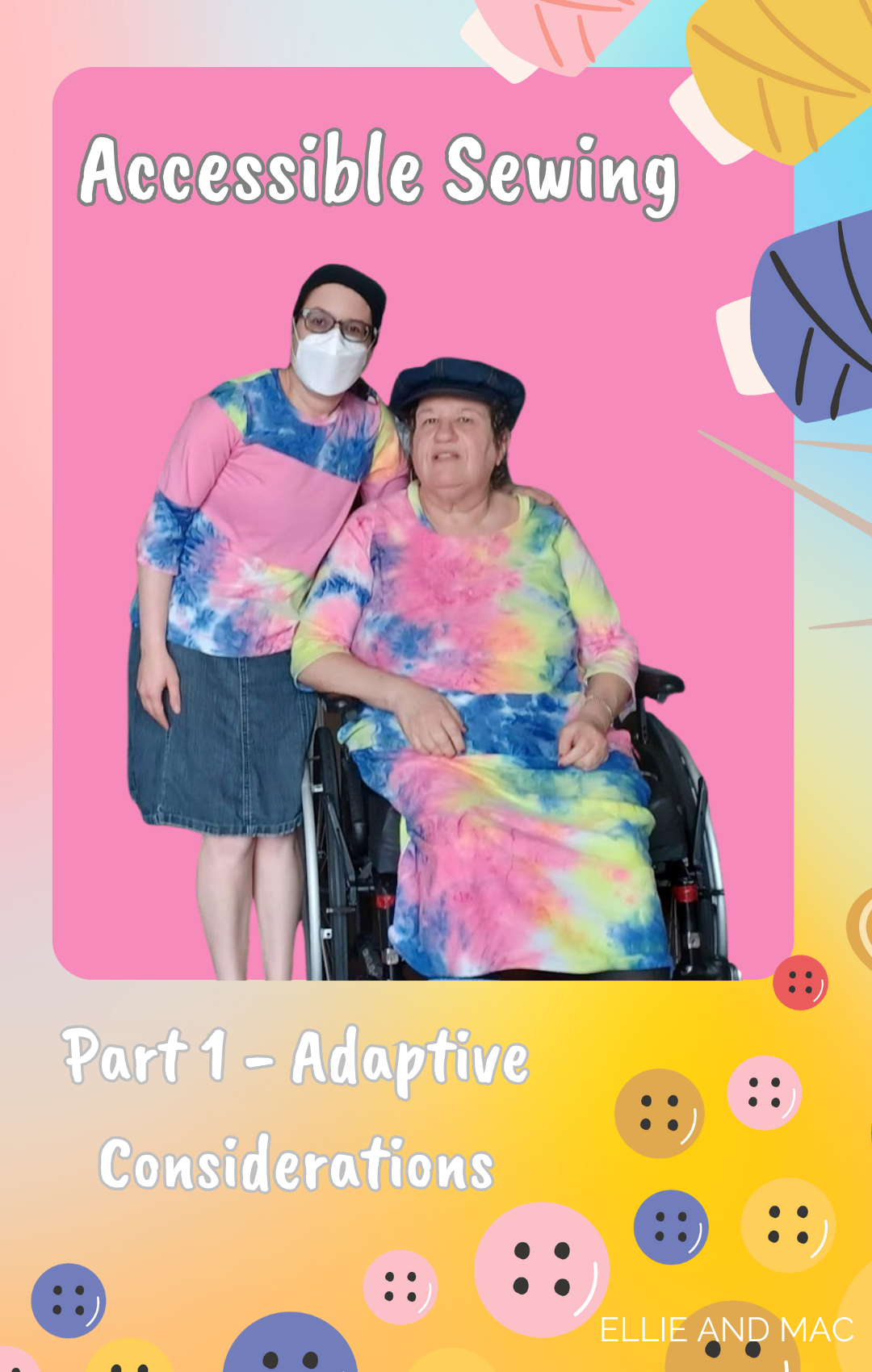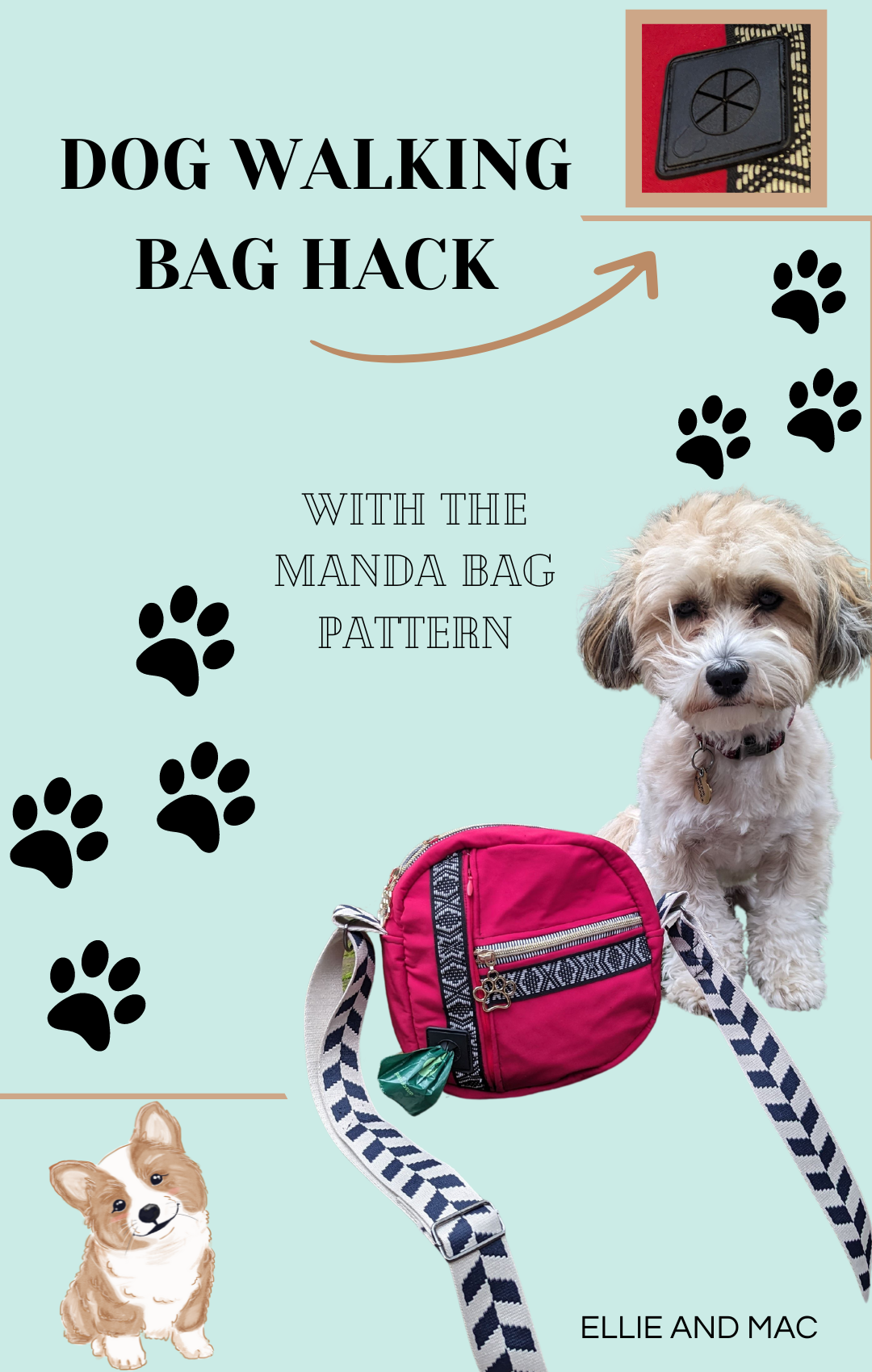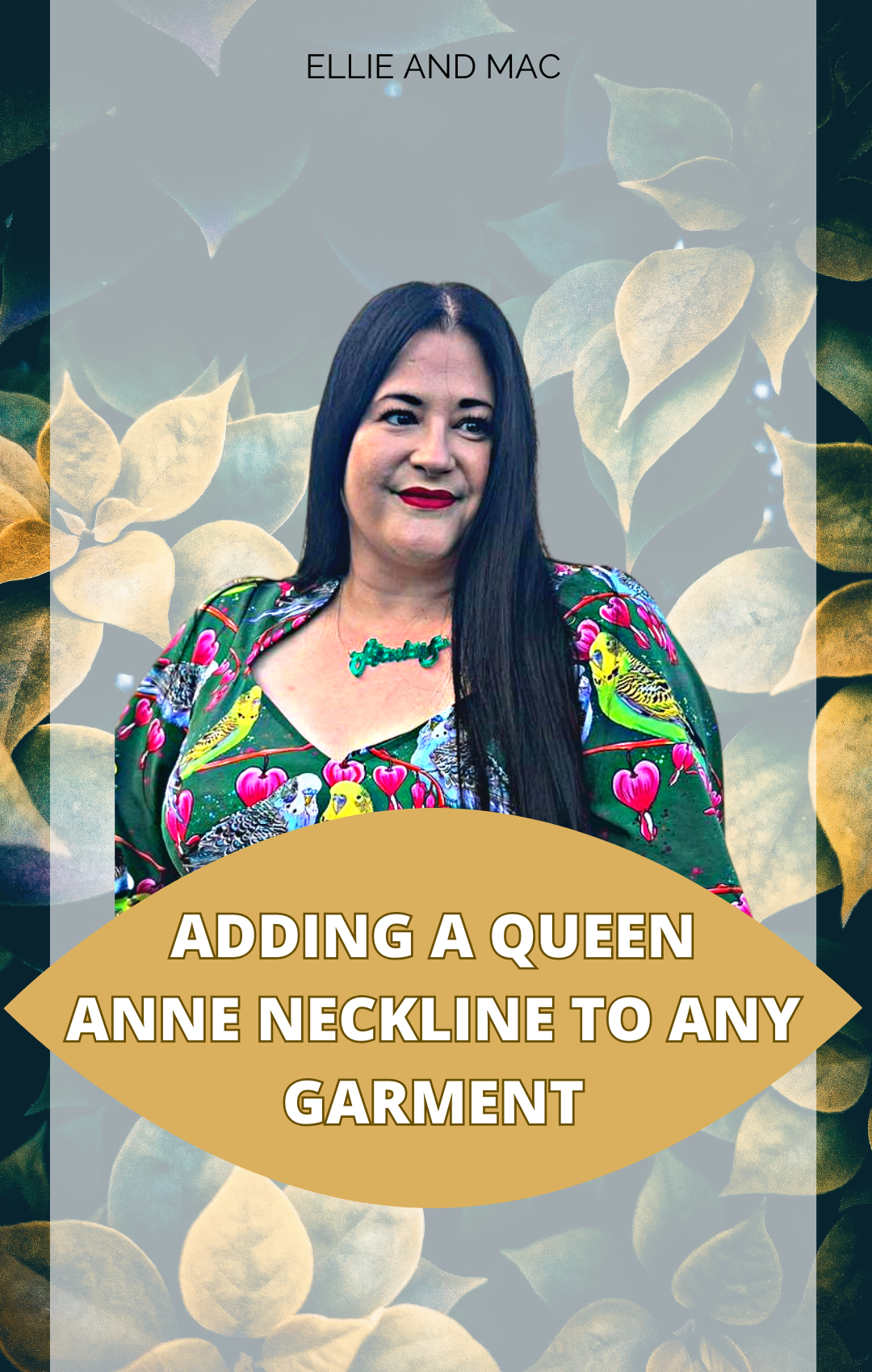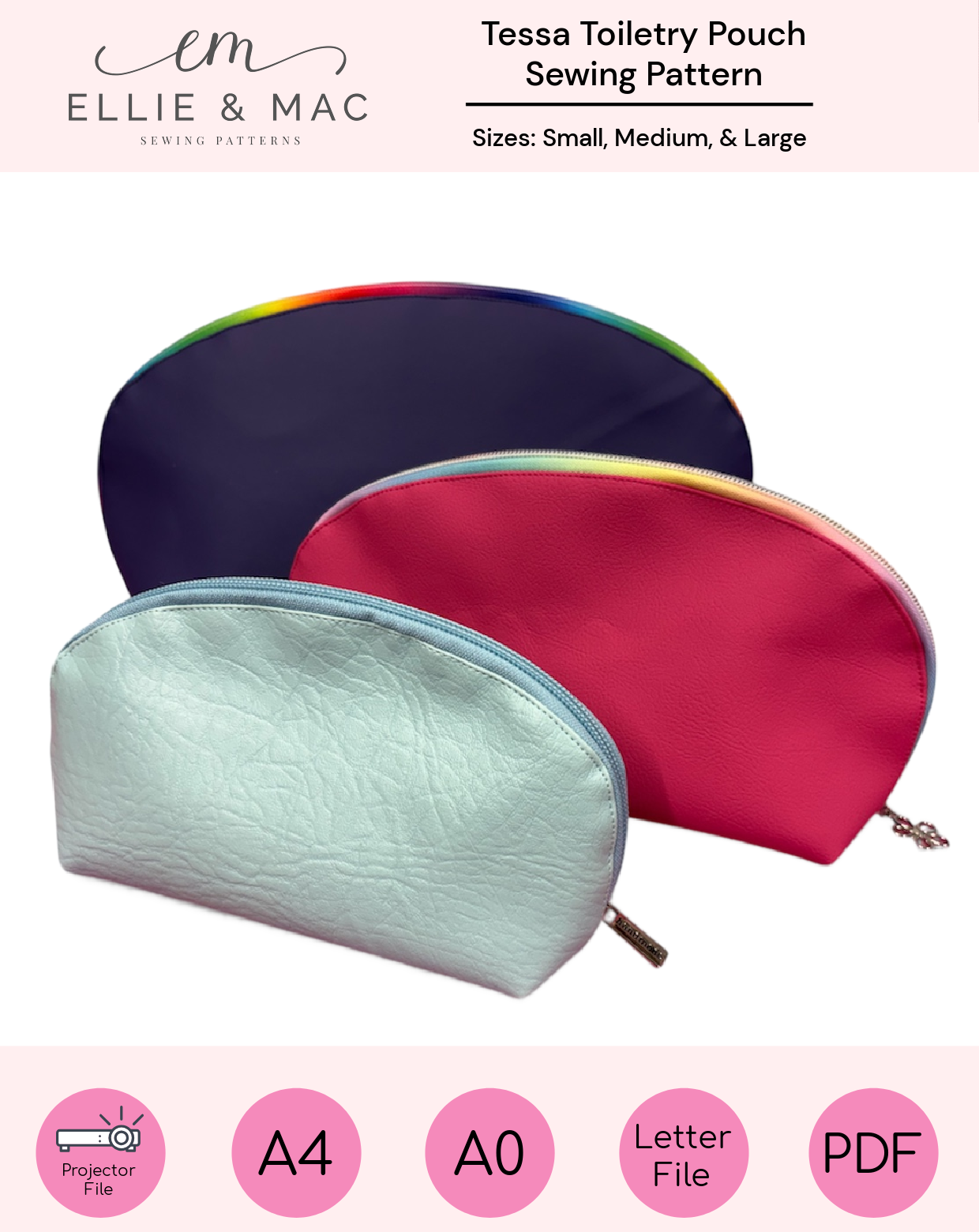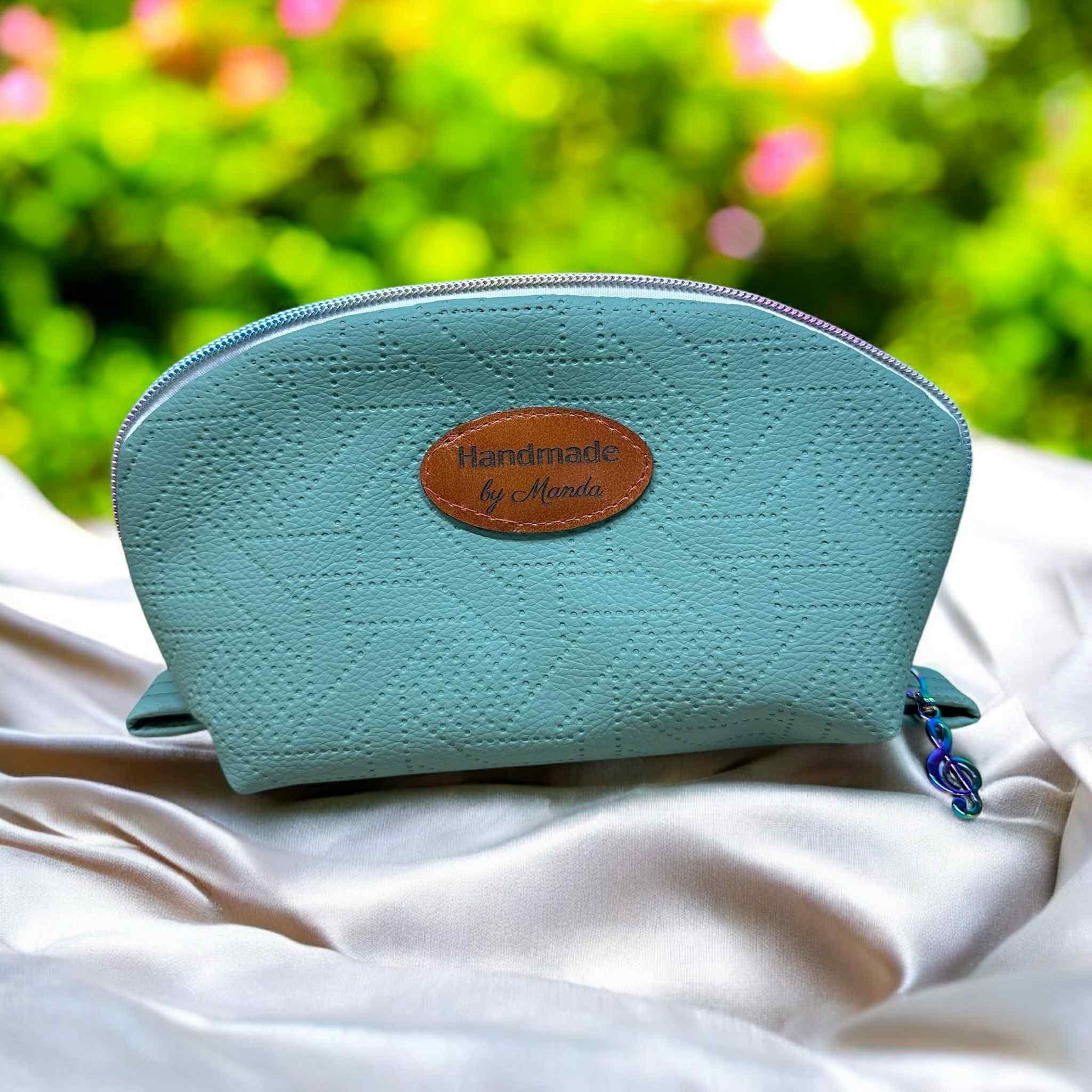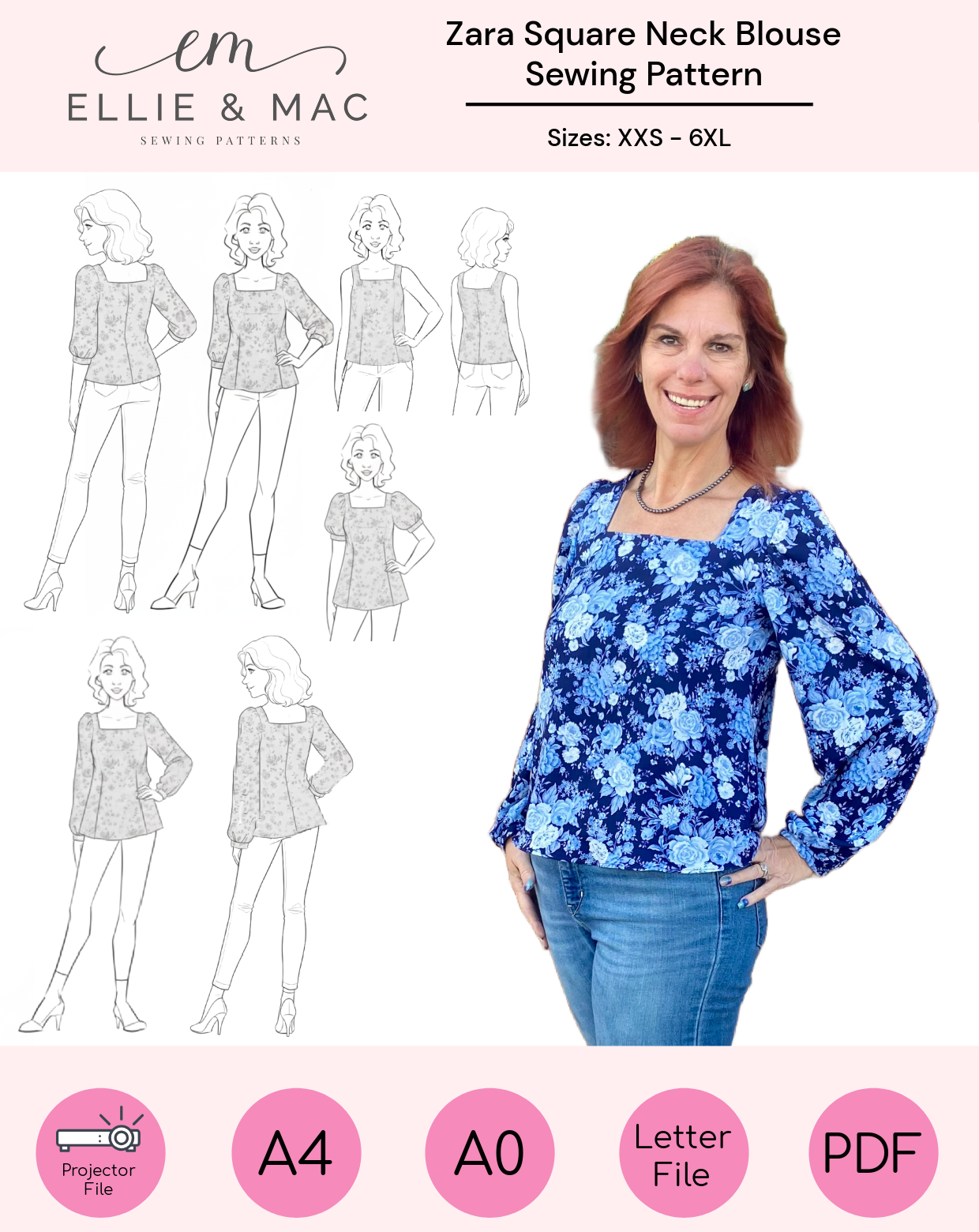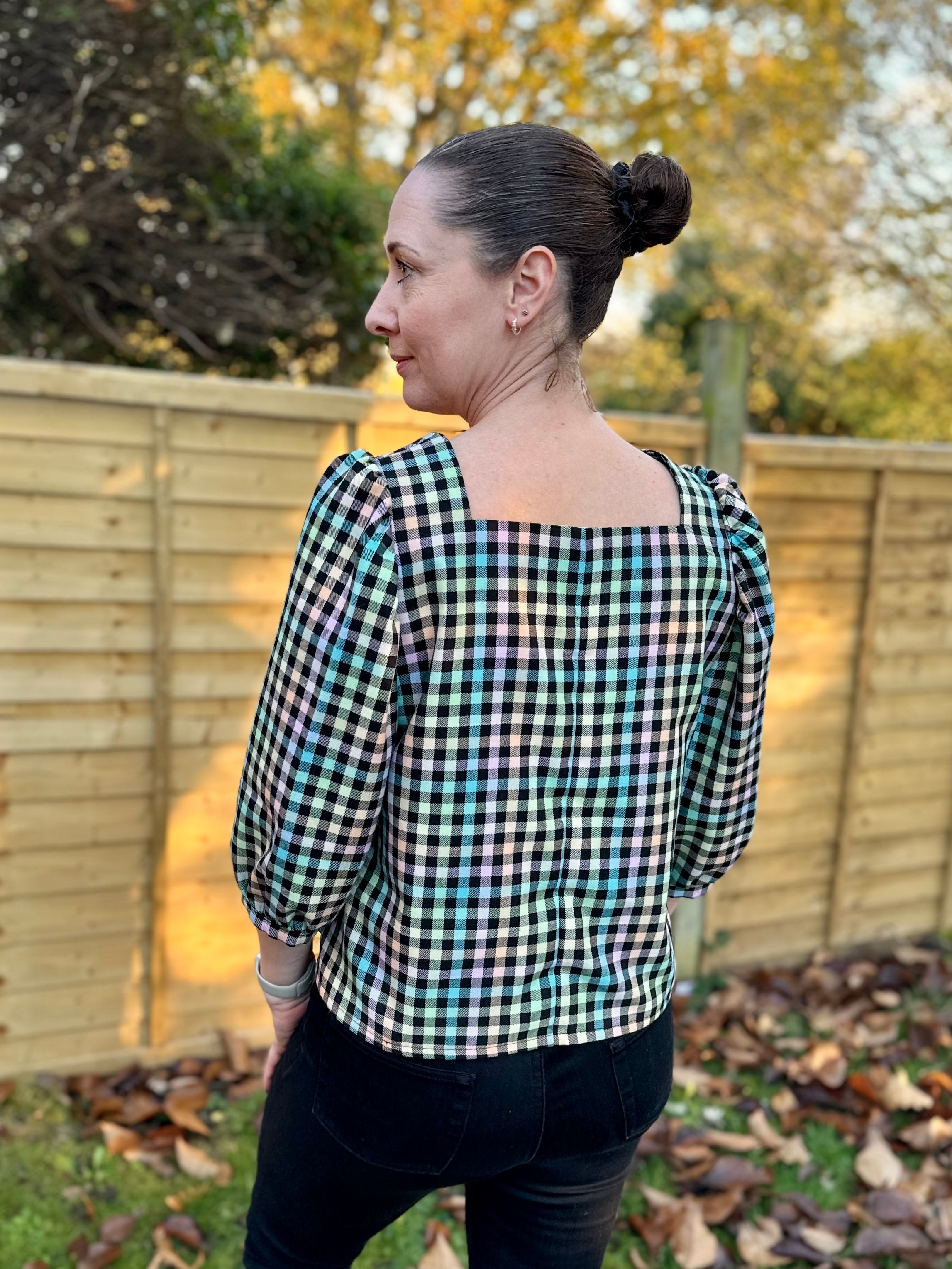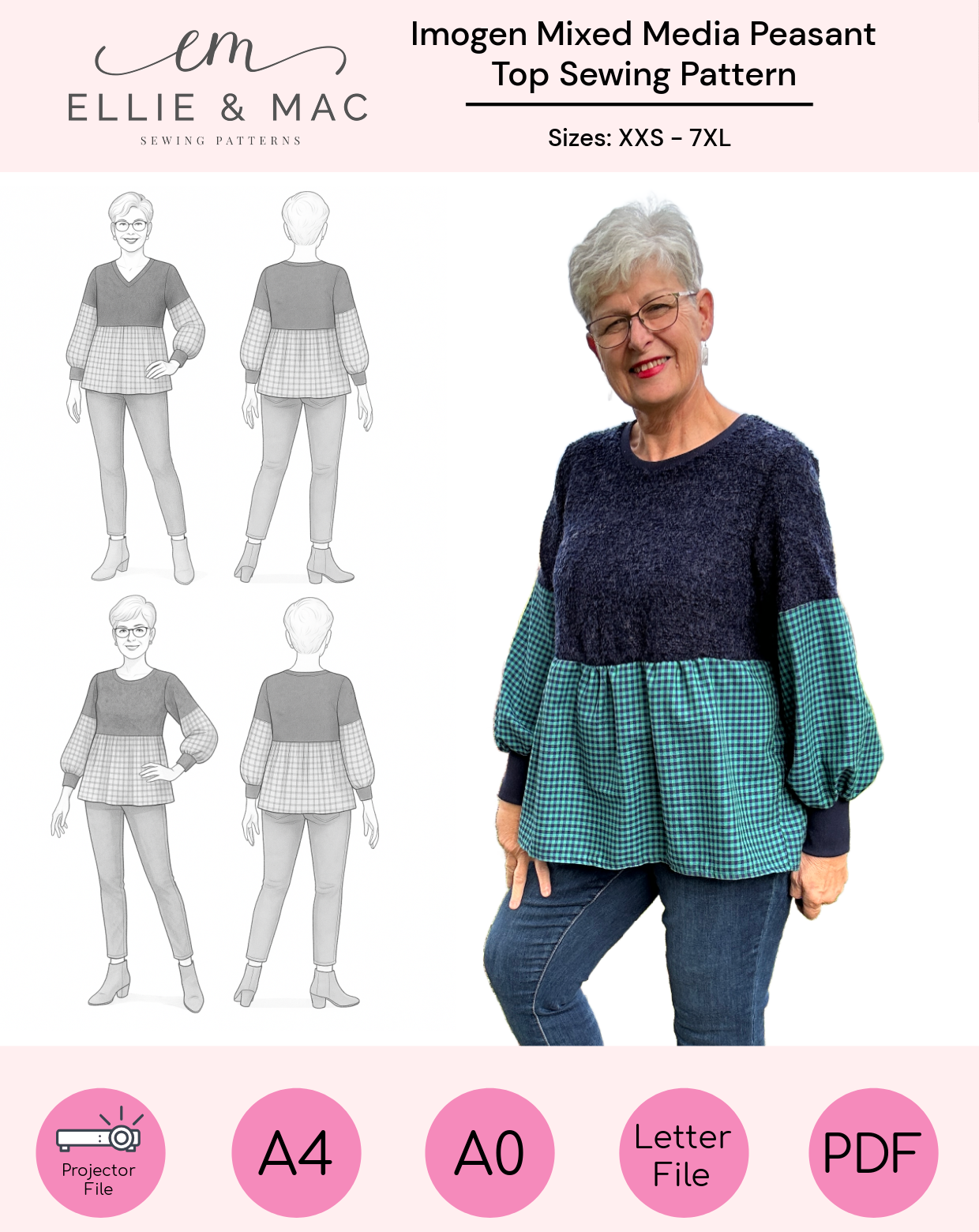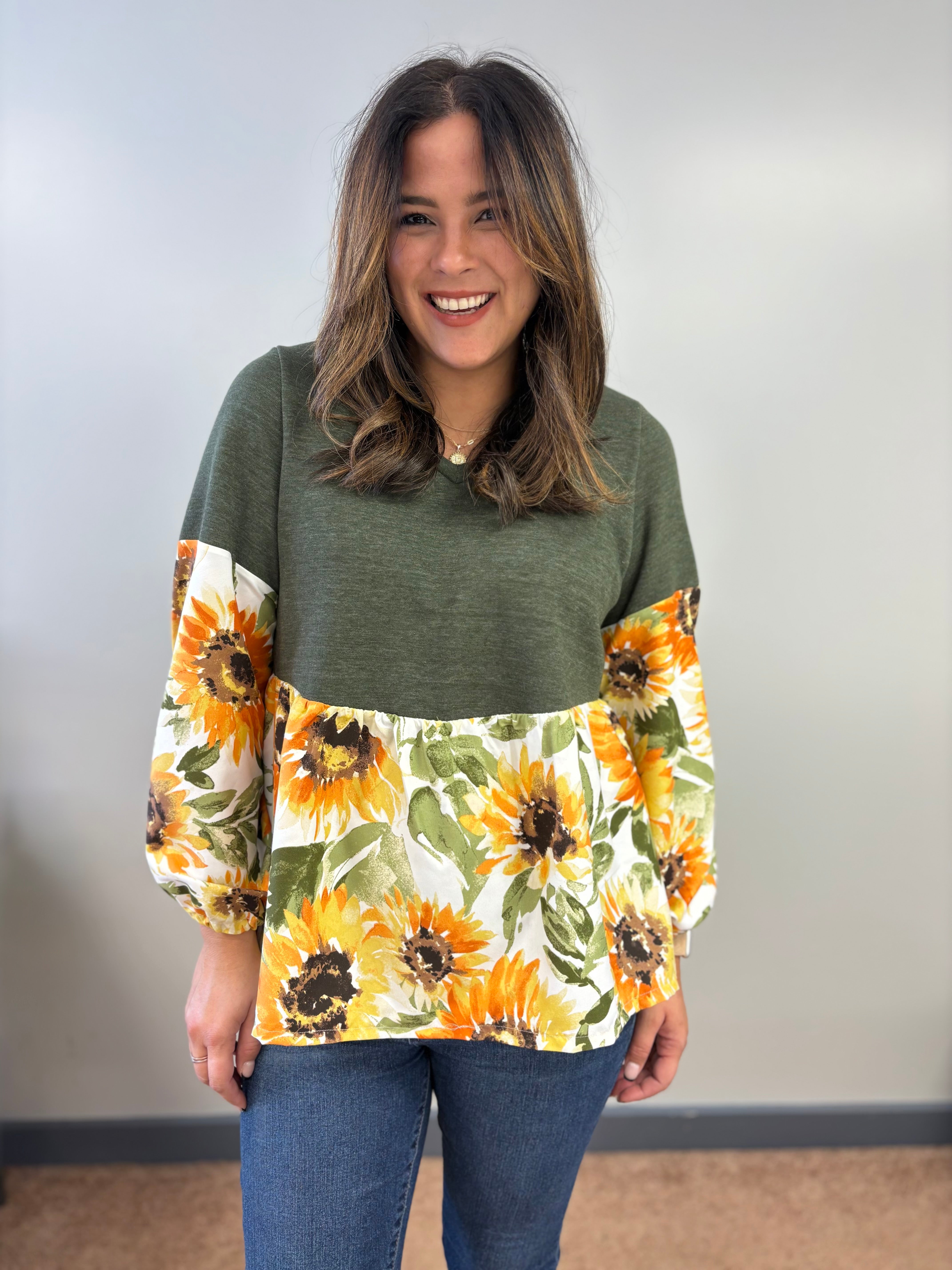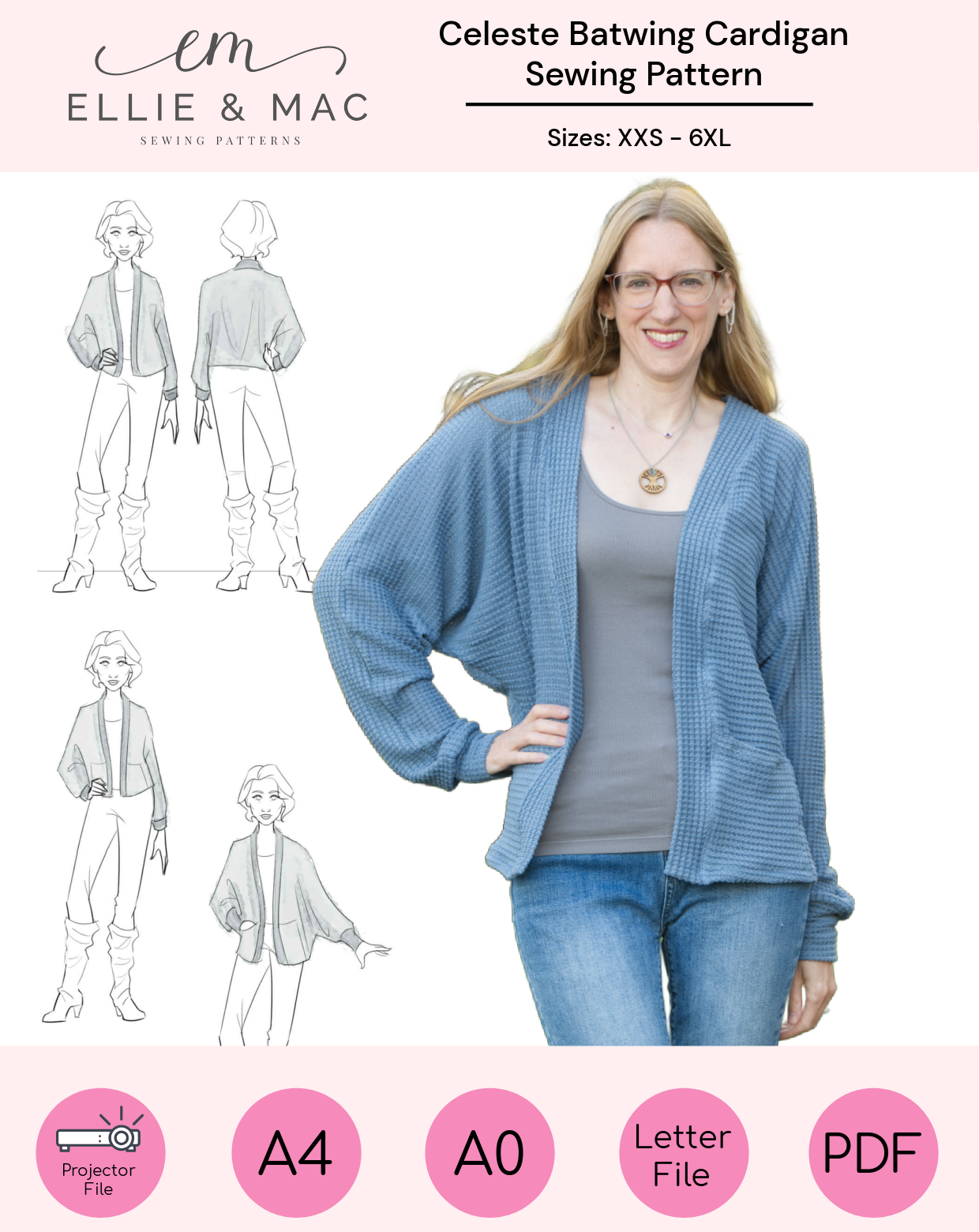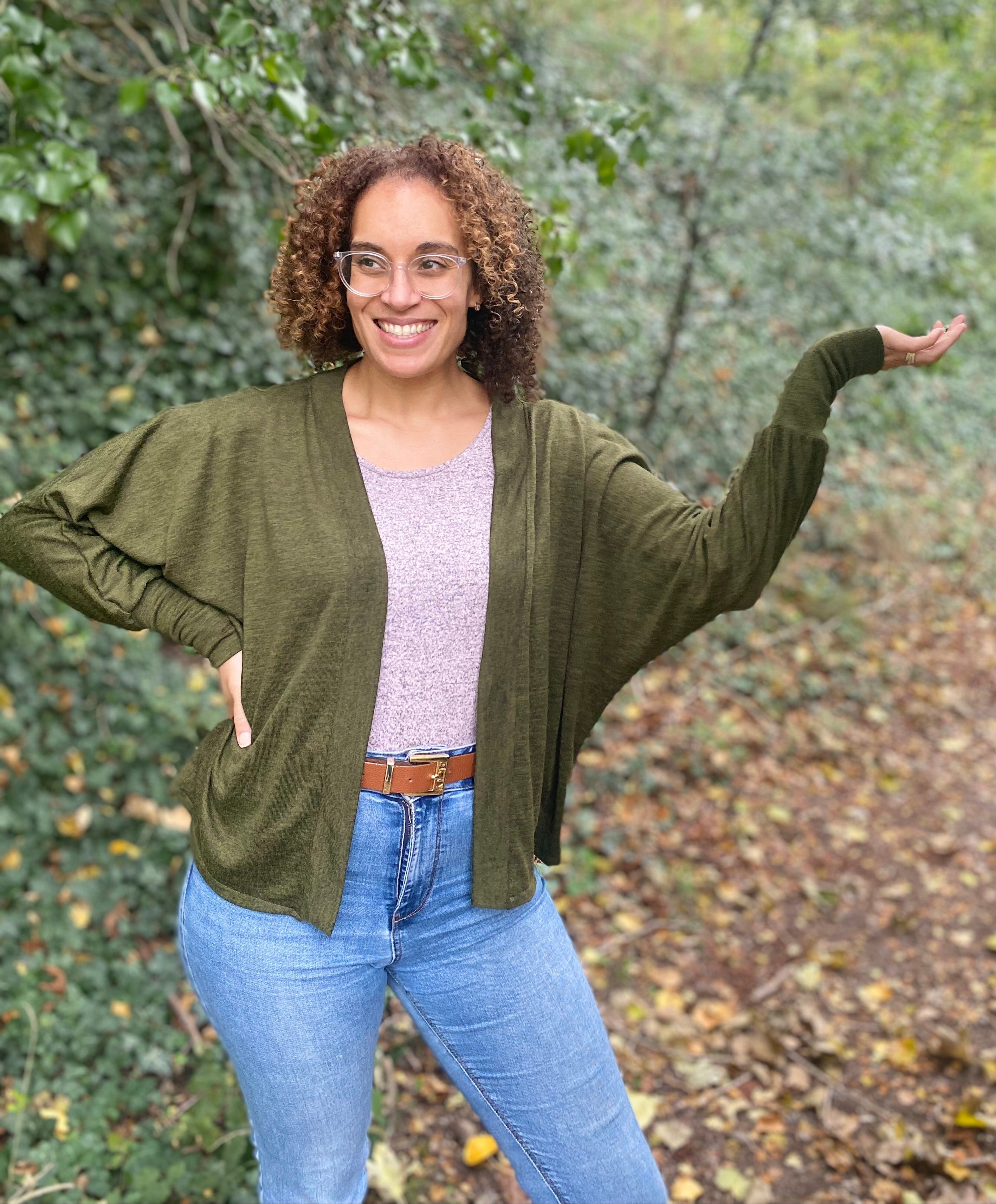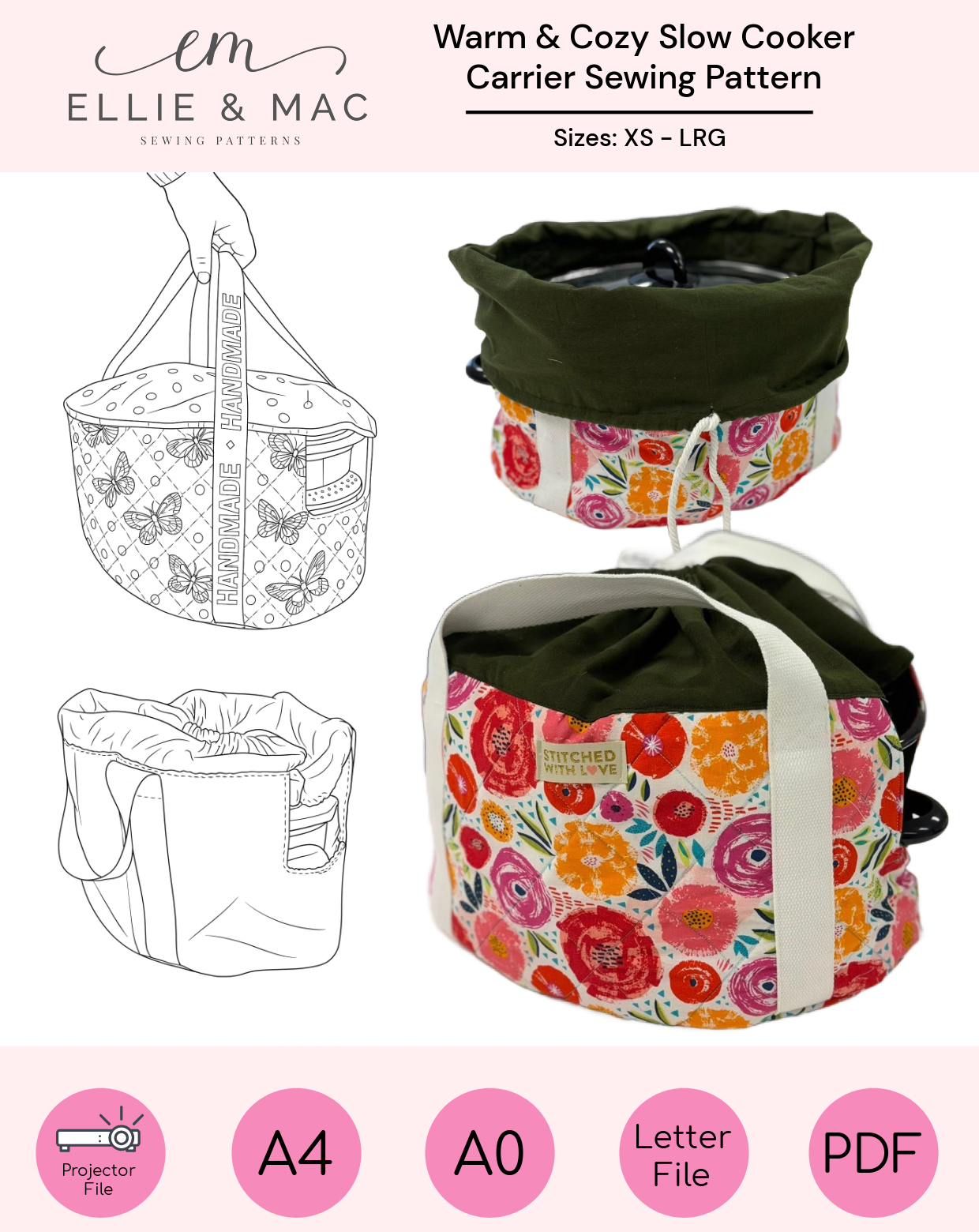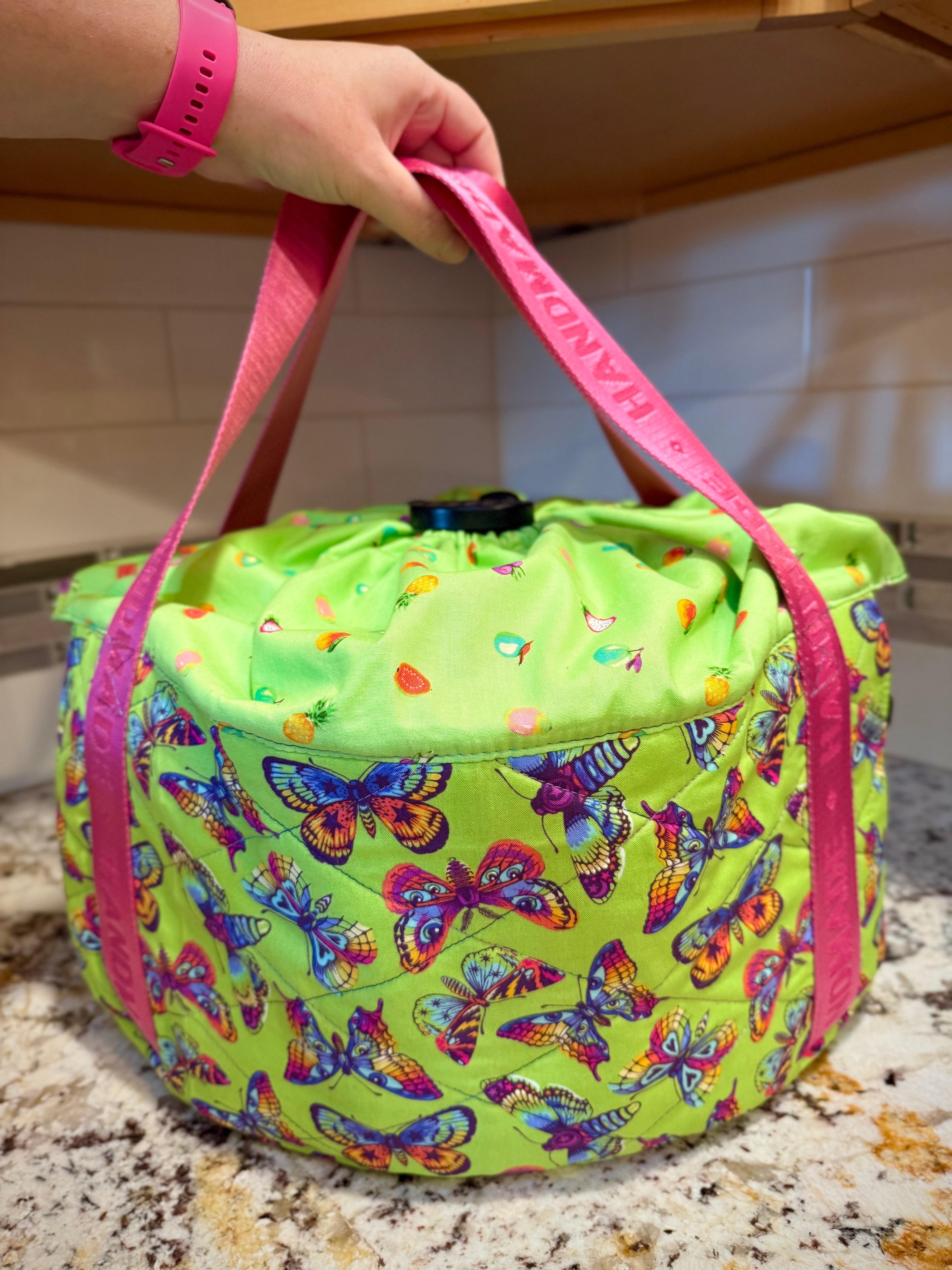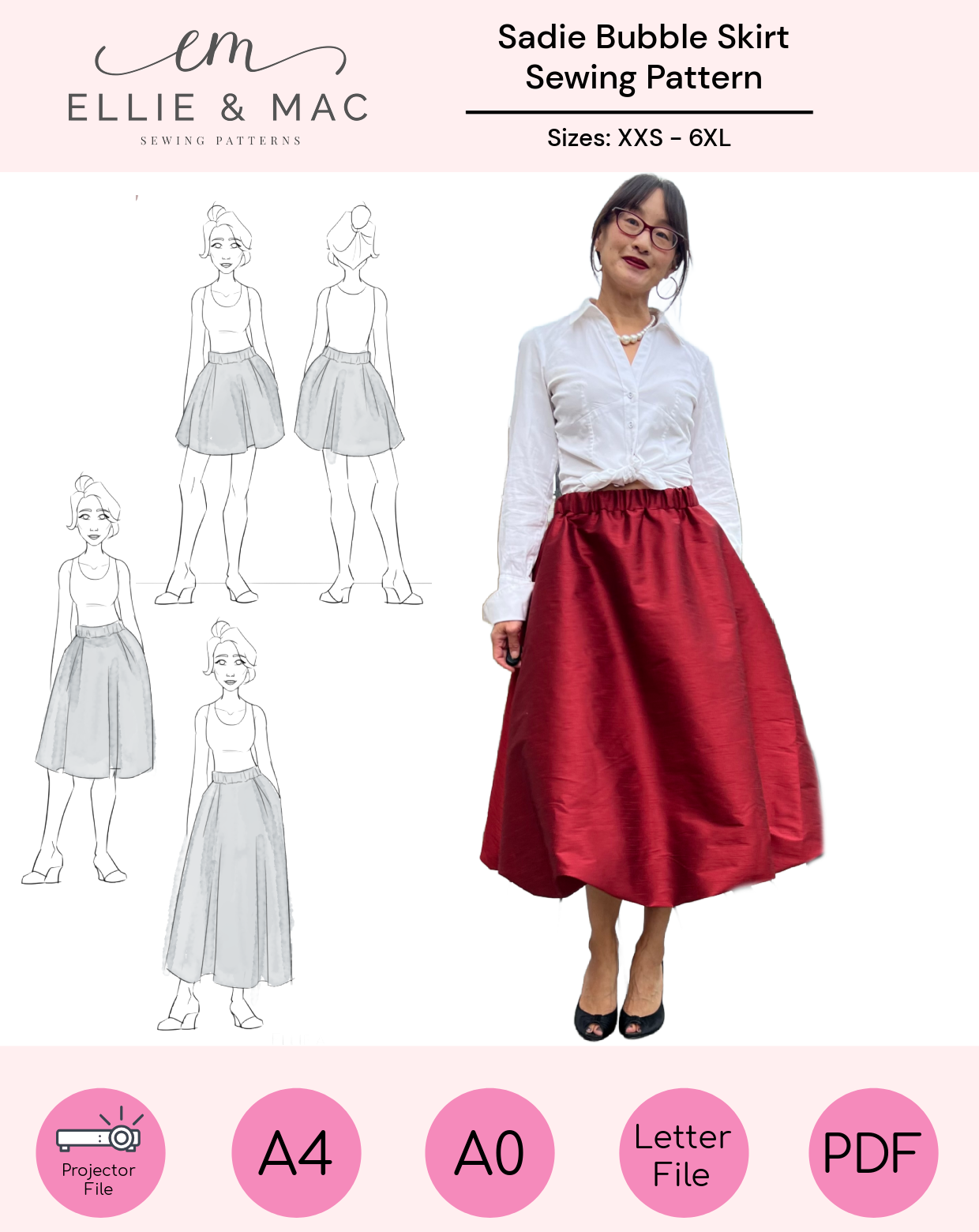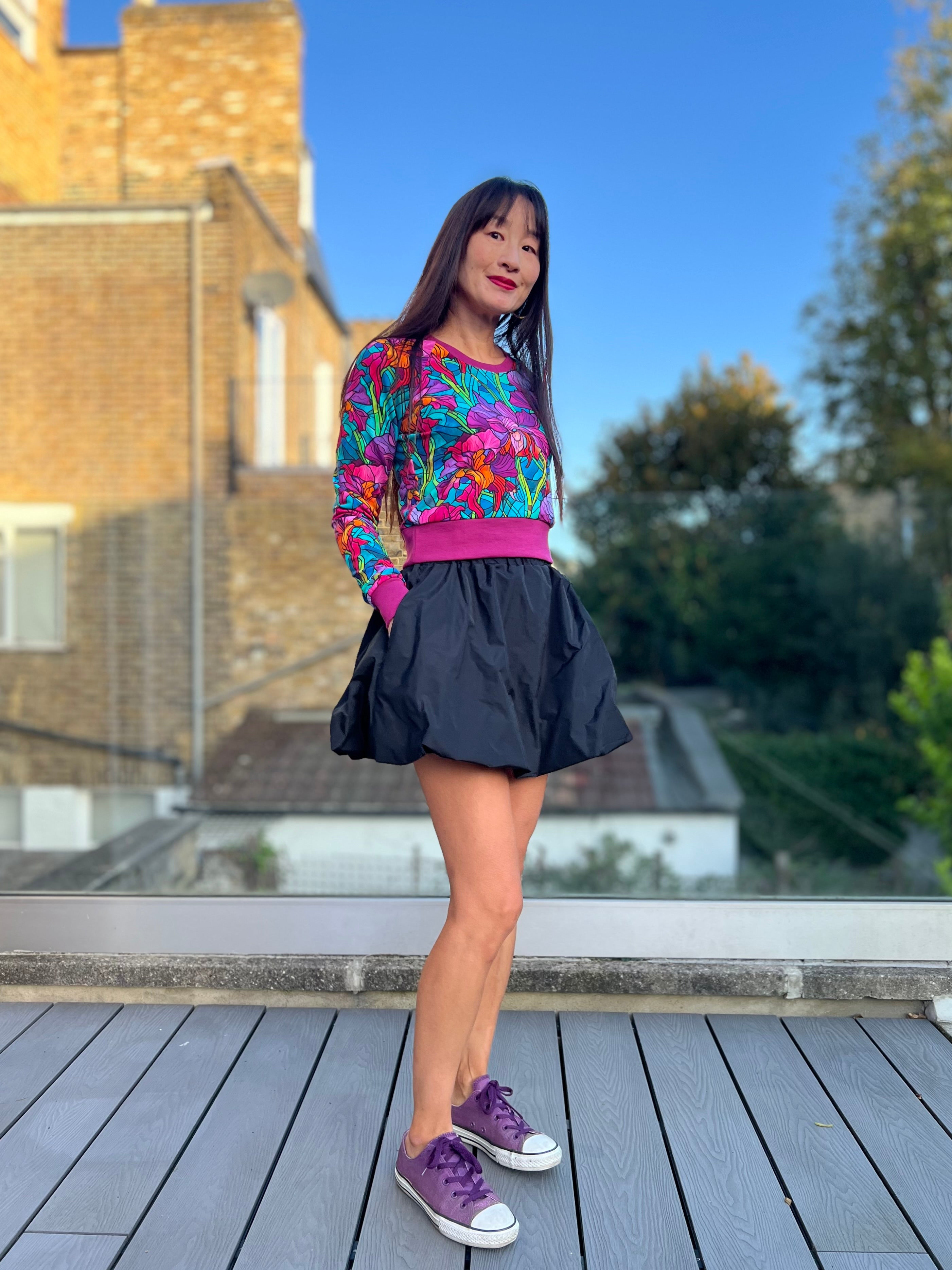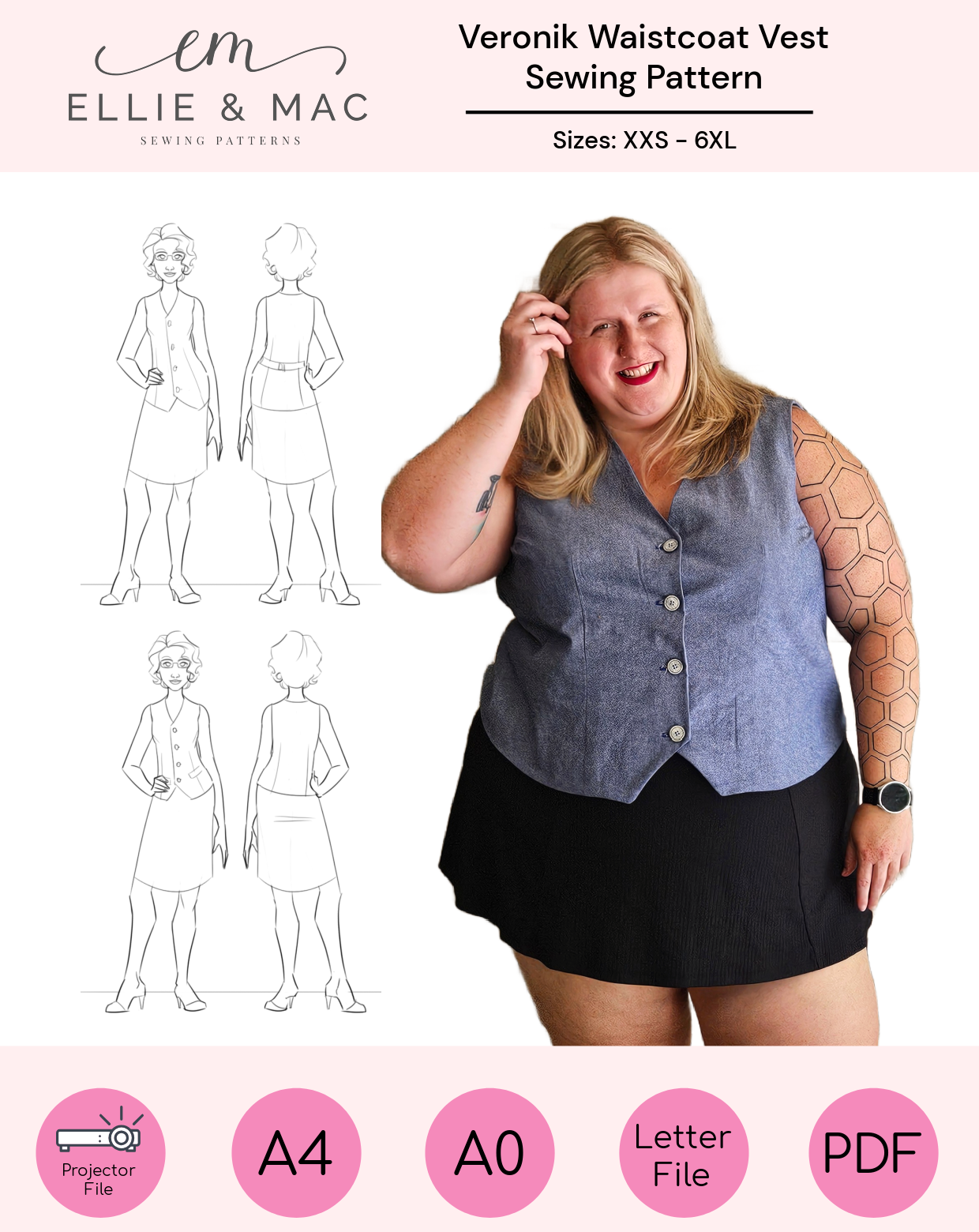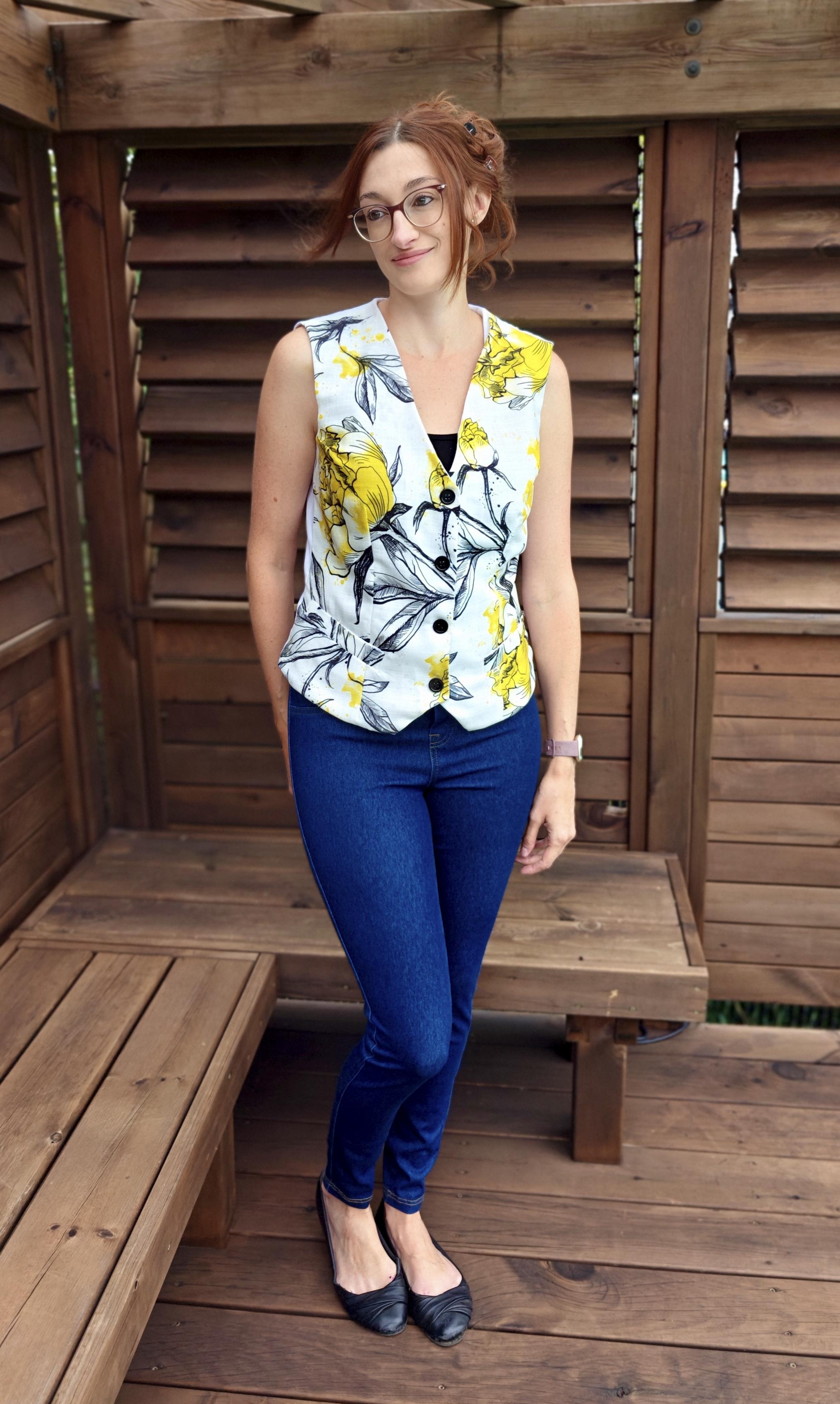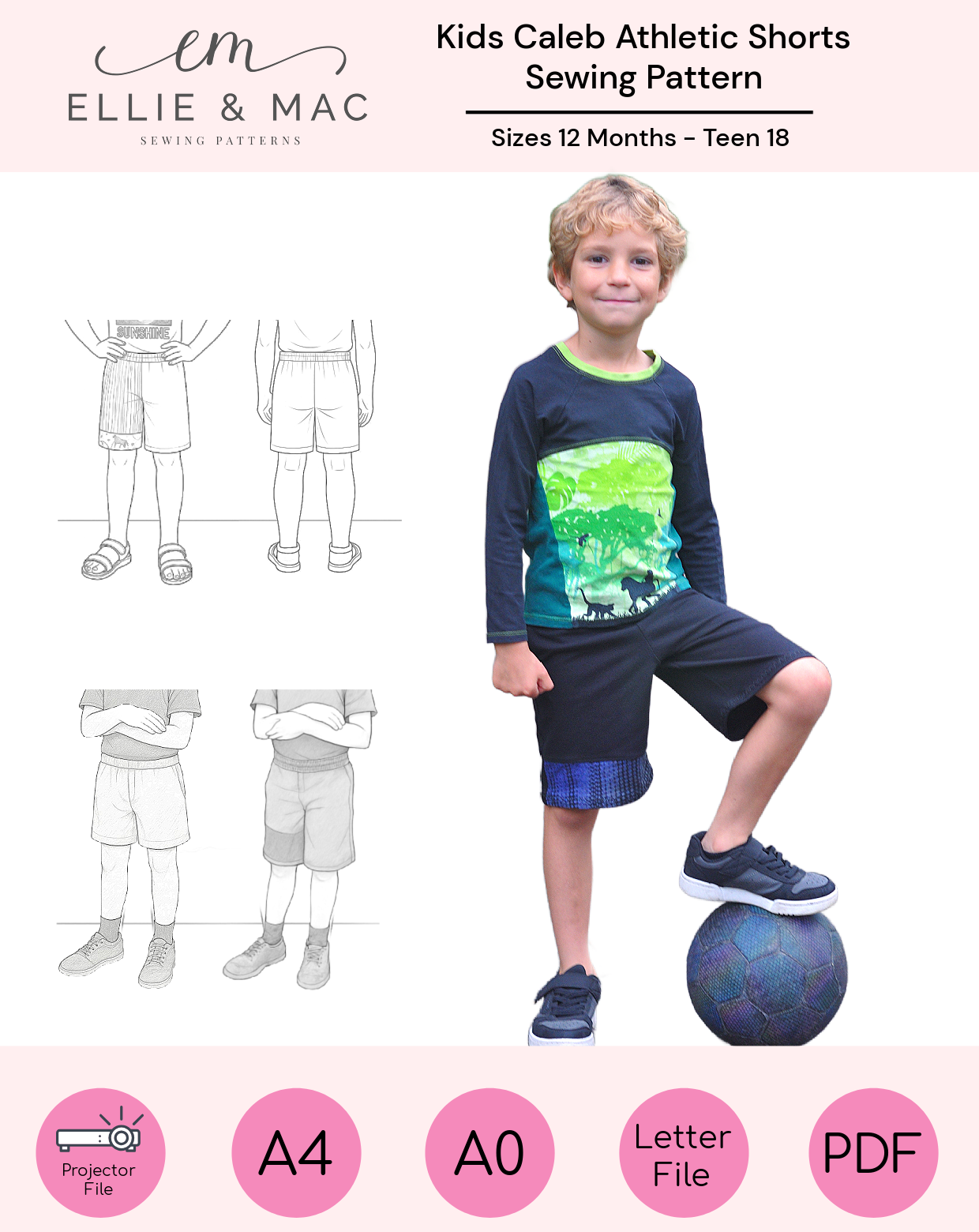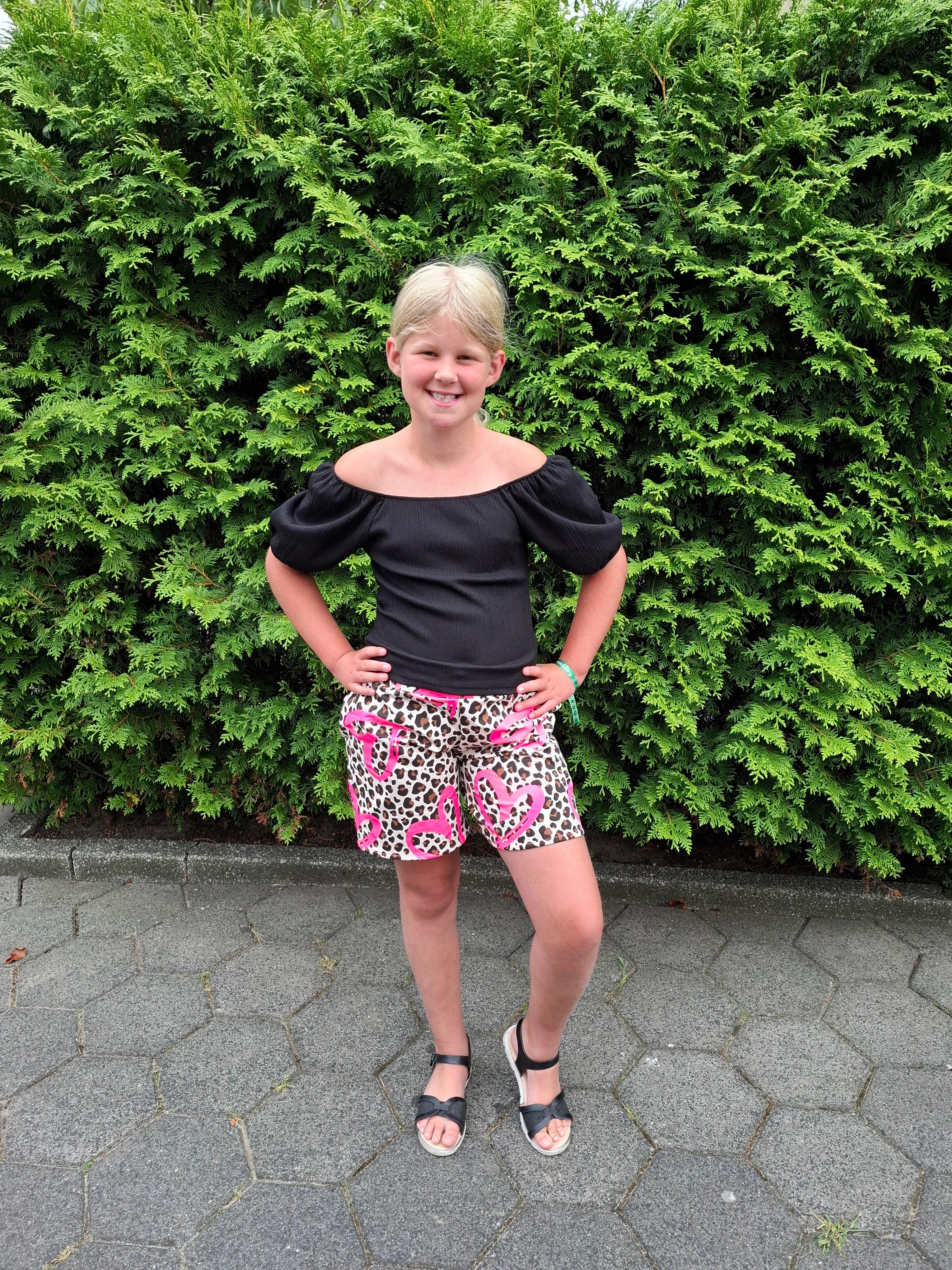(This guest blog is written by Sarah Callahan)
Hi Sewing Friends! Today I would like to draw your attention to sewing for accessibility. As a neurotypical person without a disability I never considered what it would be like to have limited mobility, challenges with fine motor skills or sensory sensitivities. Over the past few years I have modified Ellie and Mac Patterns to create fashionable, functional garments for a loved one with Multiple Sclerosis. Learning how to modify patterns is an ongoing adaptive process.
What is Multiple Sclerosis?
Photo: Cuddle Tunic with heat transfer vinyl that says, “MS gets on my nerves”. Fabric is sweater knit.
If you aren’t familiar with Multiple Sclerosis (MS), it is when the immune system attacks the central nervous system, which controls everything we do. The myelin sheath, or protective layer that surrounds the nerves becomes damaged. Messages to and from the brain become disrupted which result in all sorts of symptoms, including numbness, tingling, pain, fatigue and paralysis, to name a few. It is important to note that one person’s experience with MS will vary from the next as the symptoms are unpredictable.
MS has made necessary the use of a wheelchair and constant care by Personal Support Workers. This disease has taken away my mother’s dexterity, mobility and independence. It has not, however, impacted her sense of humour, nor her terrific sense of style.
Adaptive Considerations
It became a personal goal of mine to use my Sewing Superpowers to create clothing that would complement my mother’s love of everything bold and bright, as well as be suitable for her adaptive needs. This is a list of adaptive considerations:
1. Hem LengthAs a wheelchair user, clothing fits and sits differently. Skirts tend to go higher at the back and pull up at the front. In order to retain a degree of modesty, the skirt must be long enough to not show any undergarments. It also cannot be too long as that can become a safety hazard. In addition, since she is seated, any back details are redundant. Only front design elements can be seen. We discovered that the Hipster Dress at midi length (without the bottom band) offers just the right amount of coverage. For that reason it has become the base pattern. I am able to hack it by adding features from other patterns.
Photo: Line drawings of the Hipster Dress. This has become my “master pattern”.
2. “It’s got pockets!”
We all love pockets, but for a wheelchair user with a limited range of movement, inseam pockets can be difficult. The solution to this dilemma was to add a kangaroo pocket. Kangaroo pockets are featured in several patterns, including the Oversized Tee and Tuesday Hoodie. This type of pocket enables her to slide her hand inside and store essentials, such as a cell phone or tissues. It also doubles as a hand warmer.
Photo: Modified Hipster Dress with Kangaroo Pockets in DBP.
3. Fabric and Fit.Natural fibres, such as cotton-lycra and bamboo-lyra, tend to be more gentle on the skin. For added comfort, especially in a person with sensory sensitivities, consider adding a lining to cover up any seams. French seams or top stitching down seams may also reduce any seam irritation.
My mother adores the look and drape of Interlock Twist Yarn (ITY), however it poses an issue with toileting. In particular, when the care worker lifts up the skirt it naturally slinks right back down! Double Brushed Polyester (DBP) seems to be a better option as it is silky smooth, has wonderful drape and yet stays in place when lifted. (Note: Since I initially composed this blog I have created a clever method of adapting her dresses to remedy this issue. I will detail the simple modification in a future blog.)
Photo: Effortless Hourglass Dress in ITY. It features a hidden kangaroo pocket and a nice neckline, however the hemline was too long and the fabric too slinky.
In terms of fit, it is important to look at the fabric recommendations. If a knit doesn’t have the required stretch it may result in a tighter garment. Unless the wearer requests a bodycon dress, it is best to choose fabric that will allow an appropriate amount of ease while seated.
4. Neckline
When a neckline is too high it feels very restrictive. For people who cannot tolerate any tightness around their neck it is best to avoid turtlenecks or high crewnecks. Now, I’ll be honest here, in trying to make a lower neckline I accidentally made it more like a cowl! Oops, we all make mistakes. As a self-taught sewist I can learn from my mistakes because they help me become better at the craft.
Photo of low neckline that almost appears like a cowl. This error occurred because the fabric had a lot of stretch and not enough recovery. In a situation like this one would remove the neckband and cut it a bit shorter.
5. Sleeve LengthWe discovered that sleeves cannot be too tight as it makes it difficult for support workers to aid in dressing. They cannot be too long or else they will become an interference. For my mother, ¾ sleeves offer warmth and comfort and just the right amount of length.
Photo: Be Creative Hoodie. Sleeves were in bamboo lycra, but cuffs were too tight for nursing staff. Isn’t the panel terrific?
6. Pants
If the individual is unable to lift their legs and requires dressing to be done from overhead, pants can be challenging. For that reason my mother wears skirts or dresses. Everything must be able to fit across the largest part of her body, which in her case is the bust area.
7. Socks
The free Sew it Forward Socks are perfect for warming up chilly feet. I would recommend upsizing if they are to be placed over compression socks. Pro tip: Puff paint or “sock stop” can be added to the bottom to make it anti-slip! You can have fun with the design.
In part 2 I will provide a tutorial for how I modify the Hipster Dress to have a lower neckline, a kangaroo pocket, custom length sleeves and a special modification to assist with semi-independent toileting. I will also show you my completed socks. I can’t wait to show you the process! :)
Thank you for reading!

